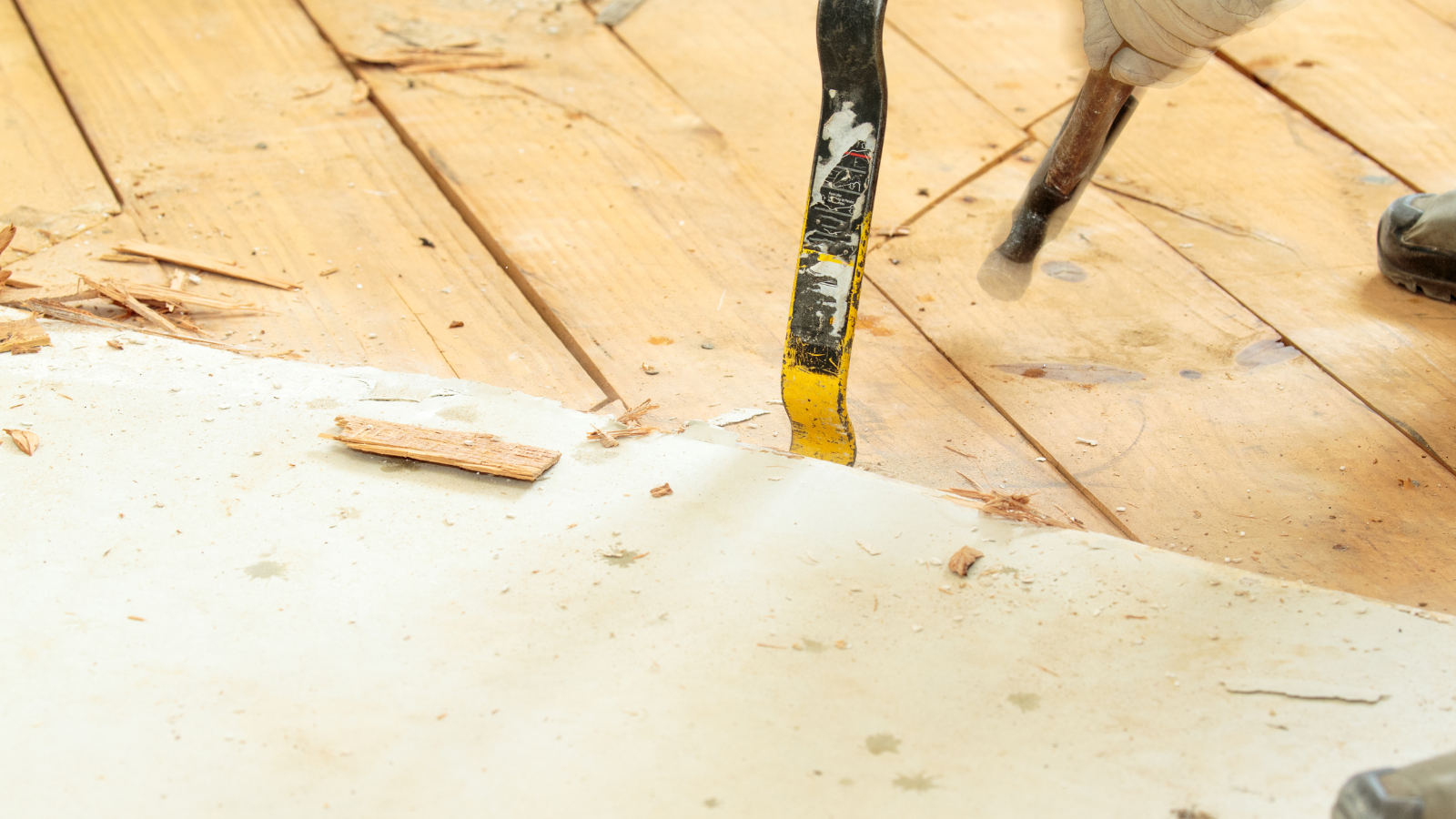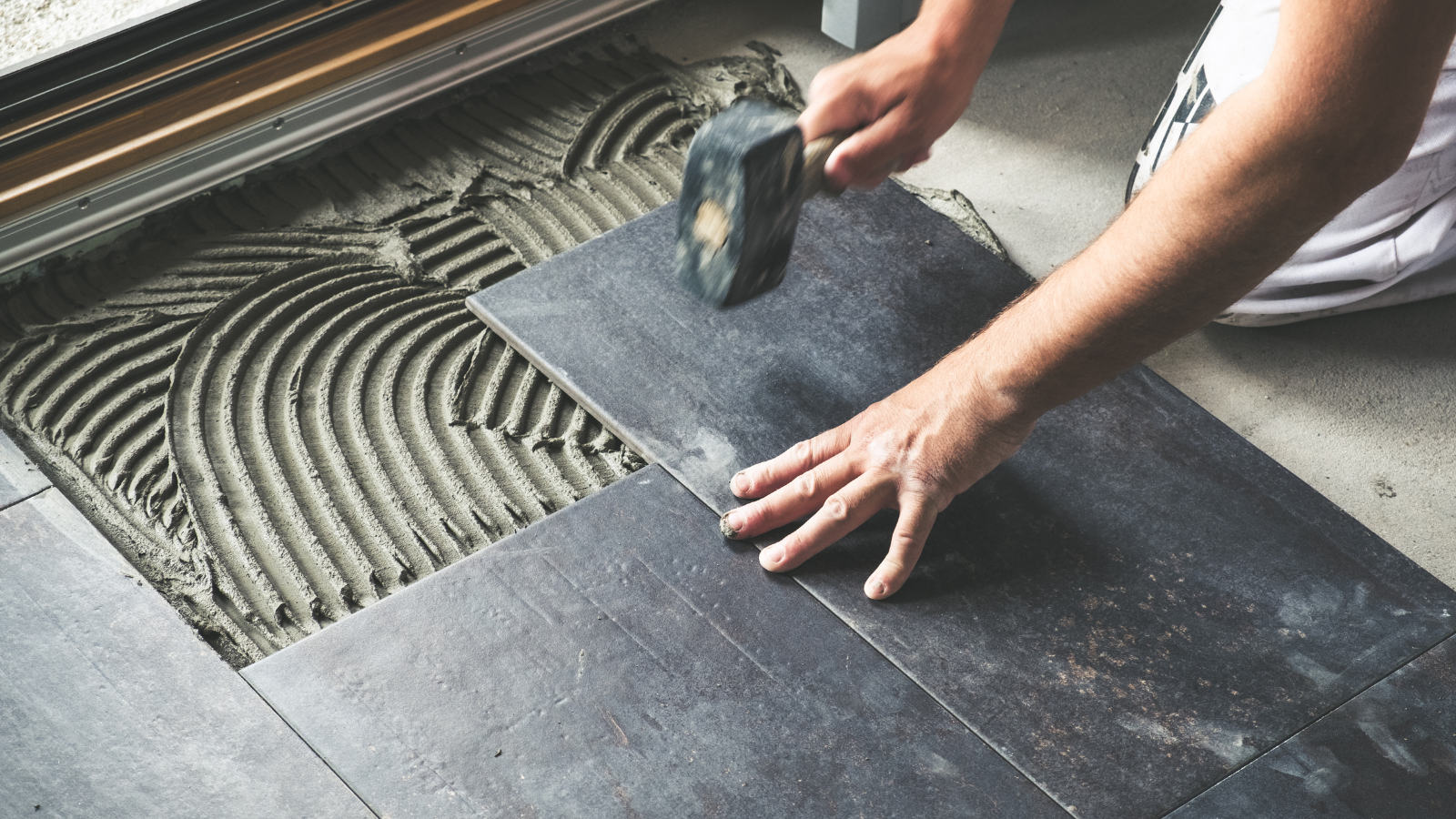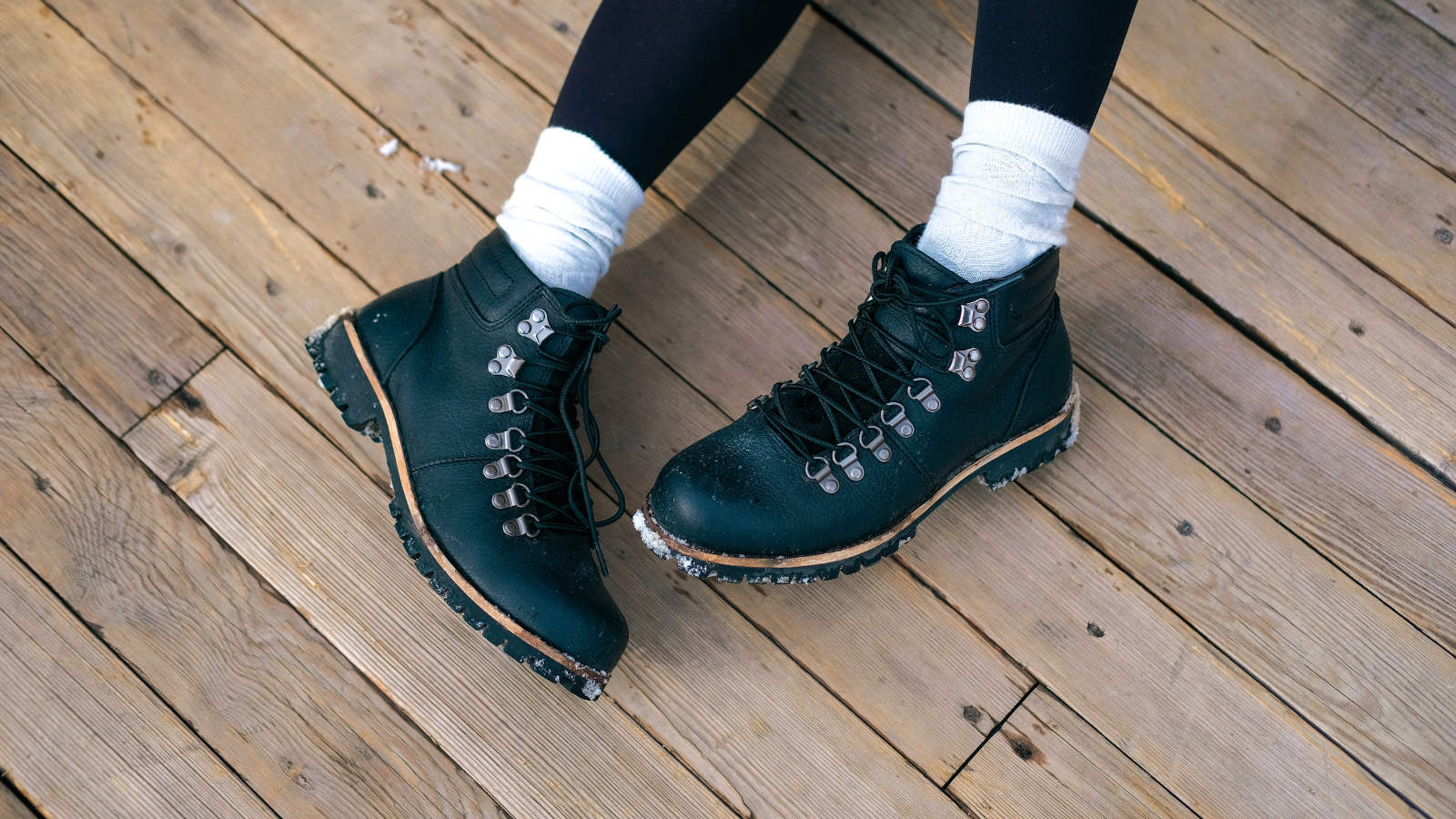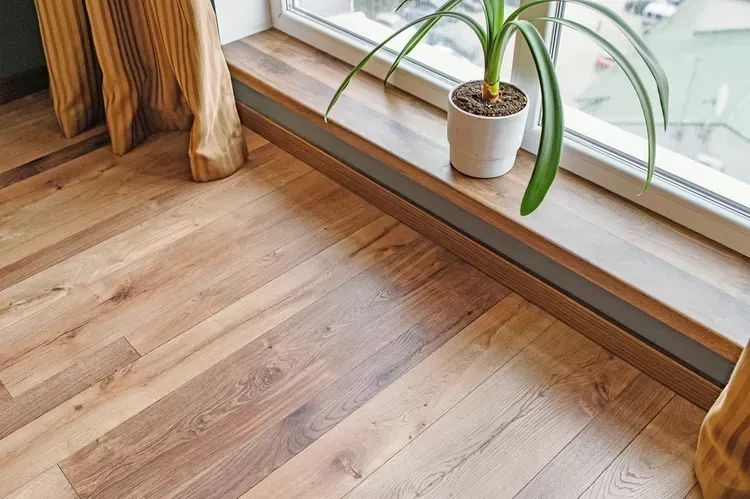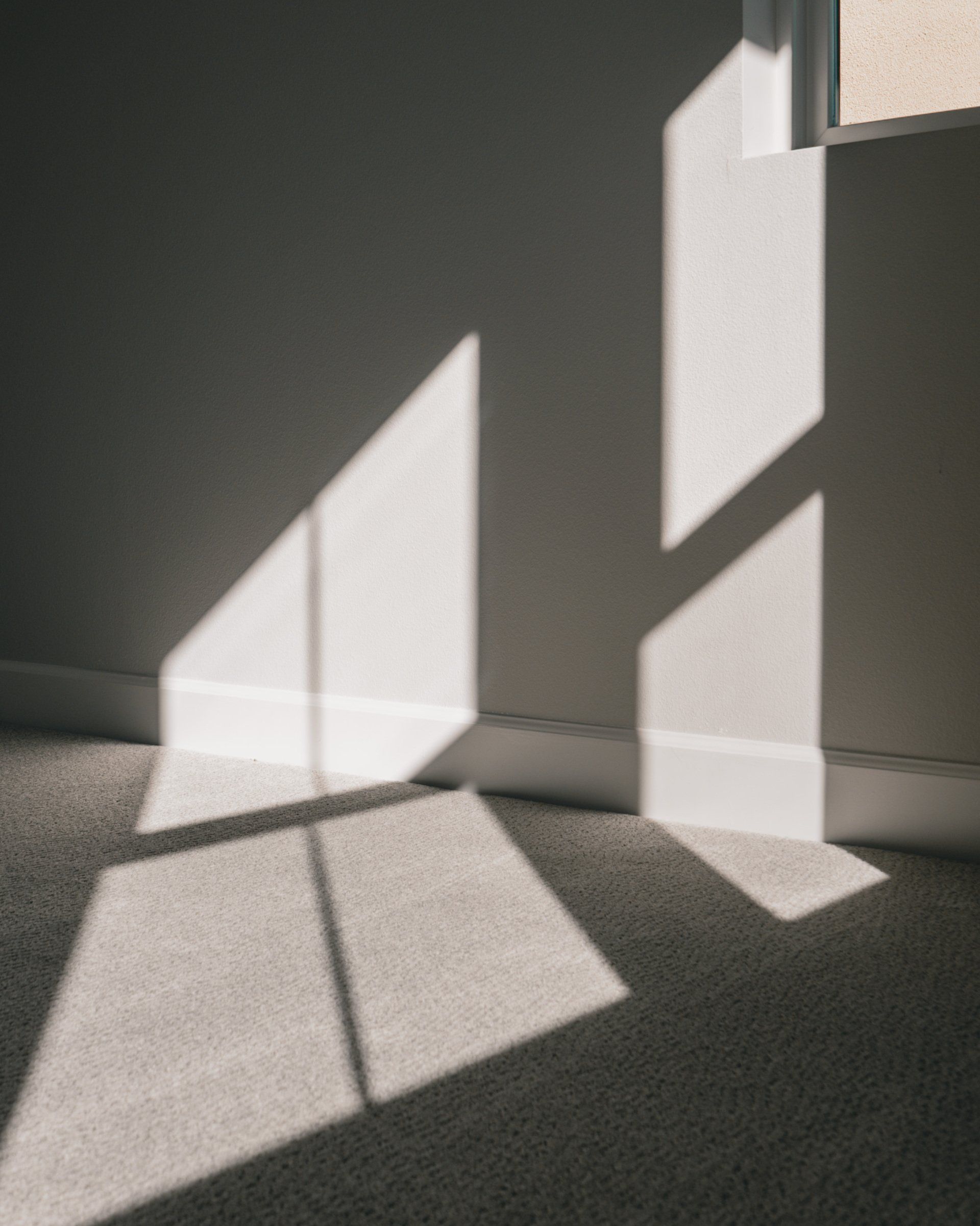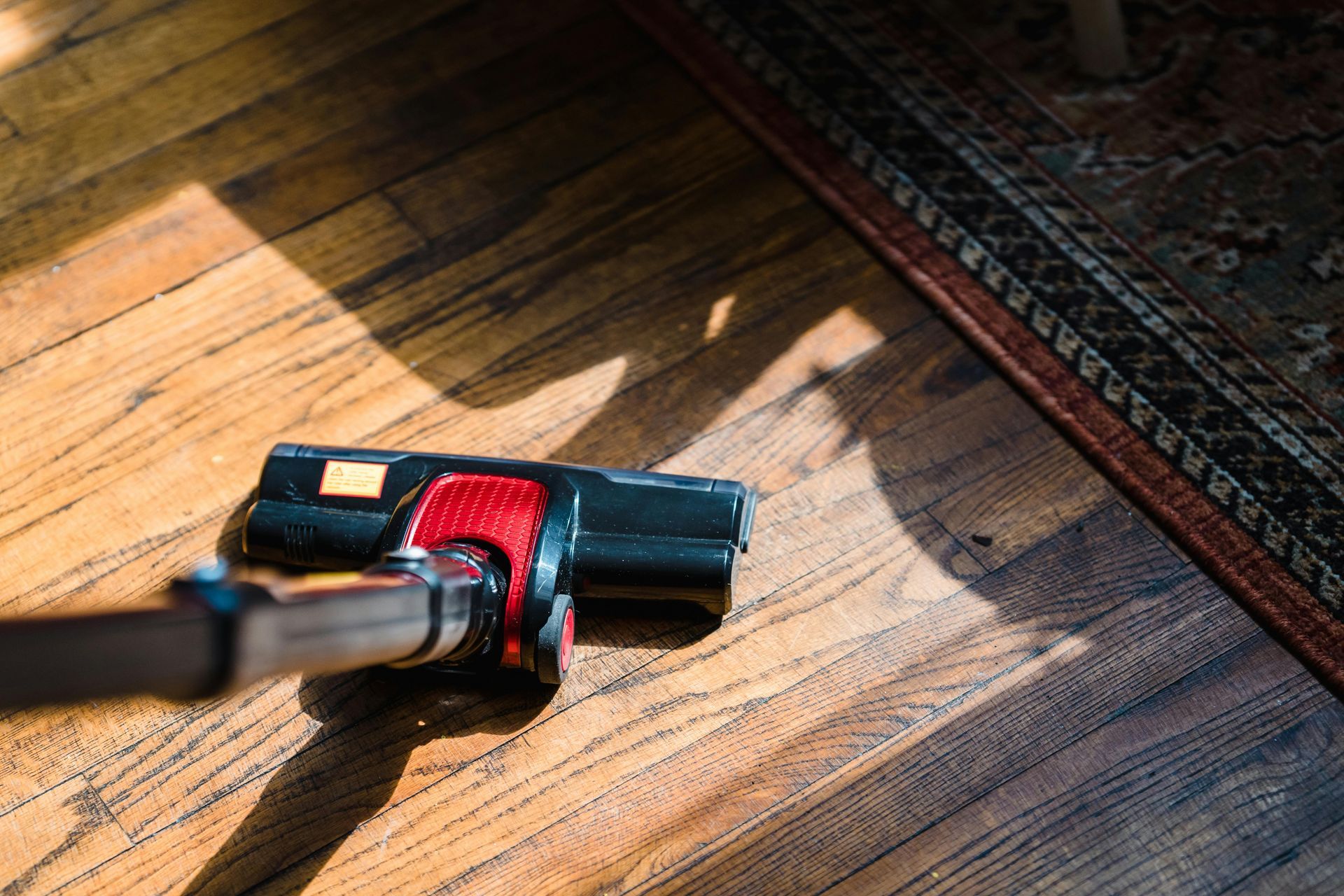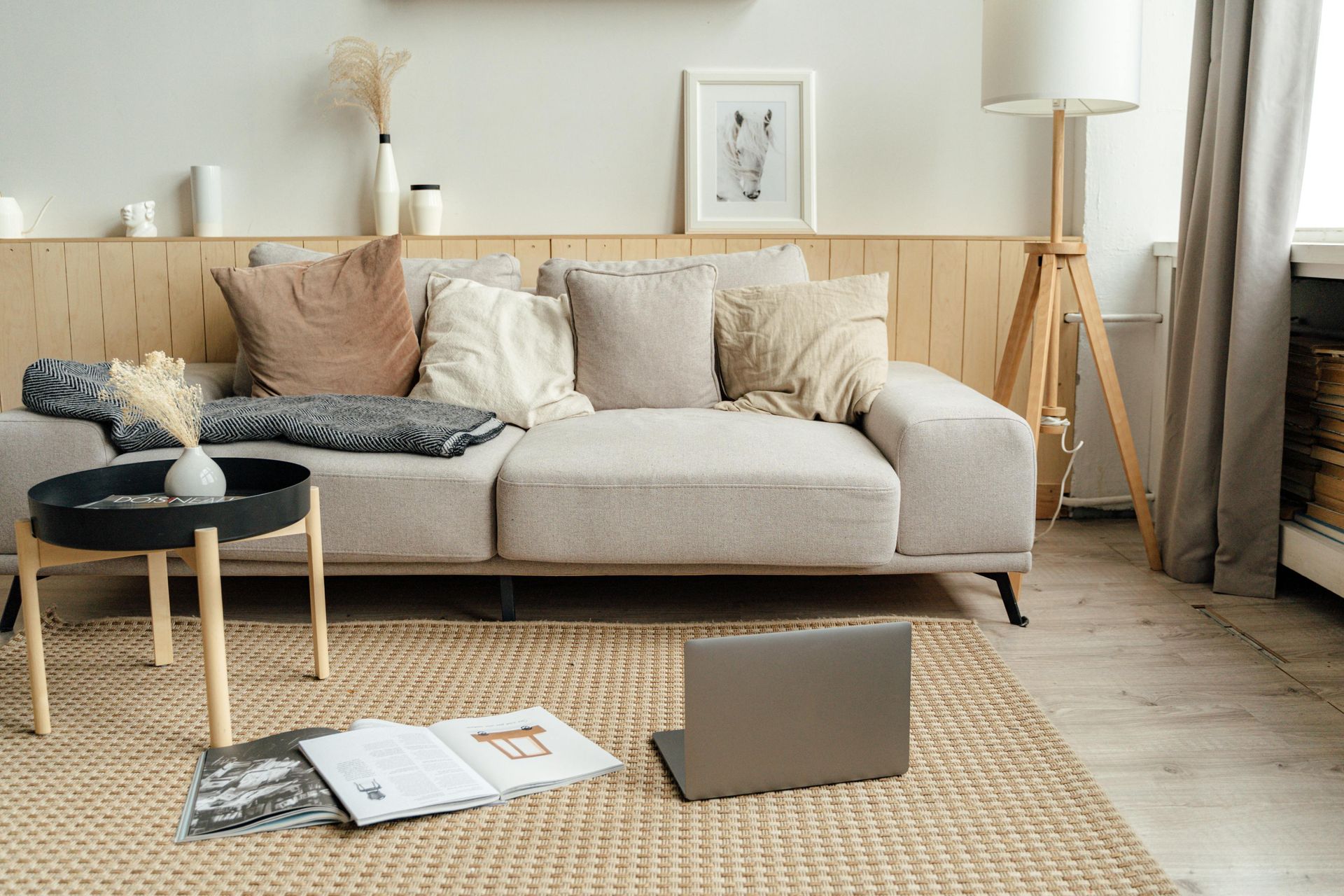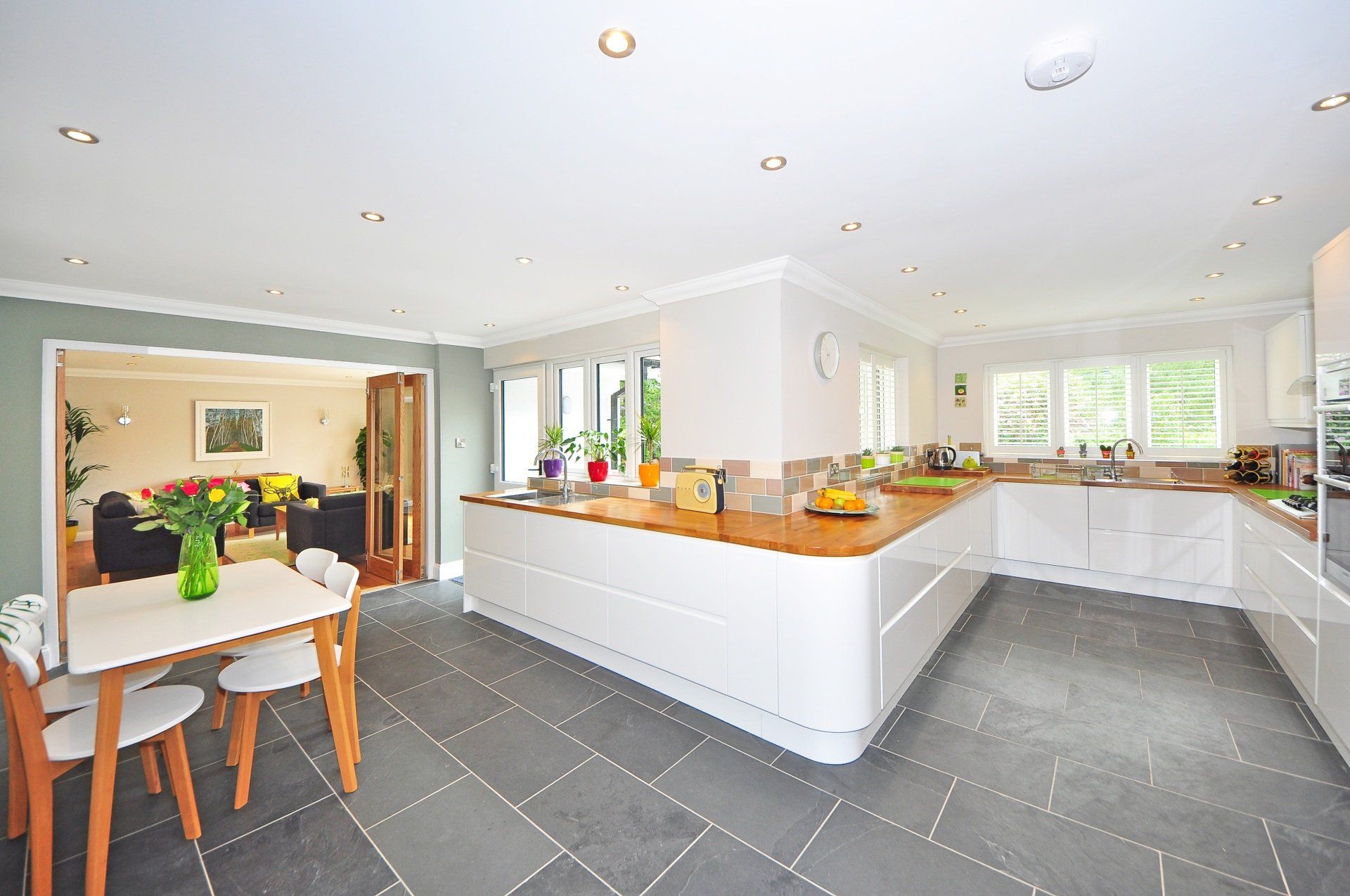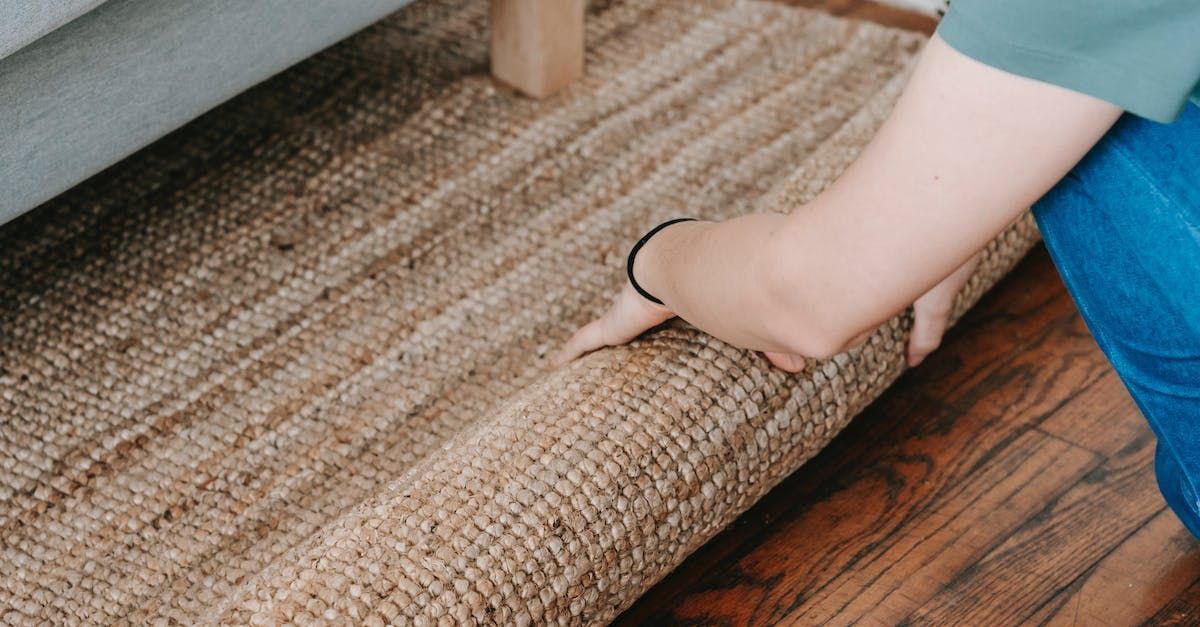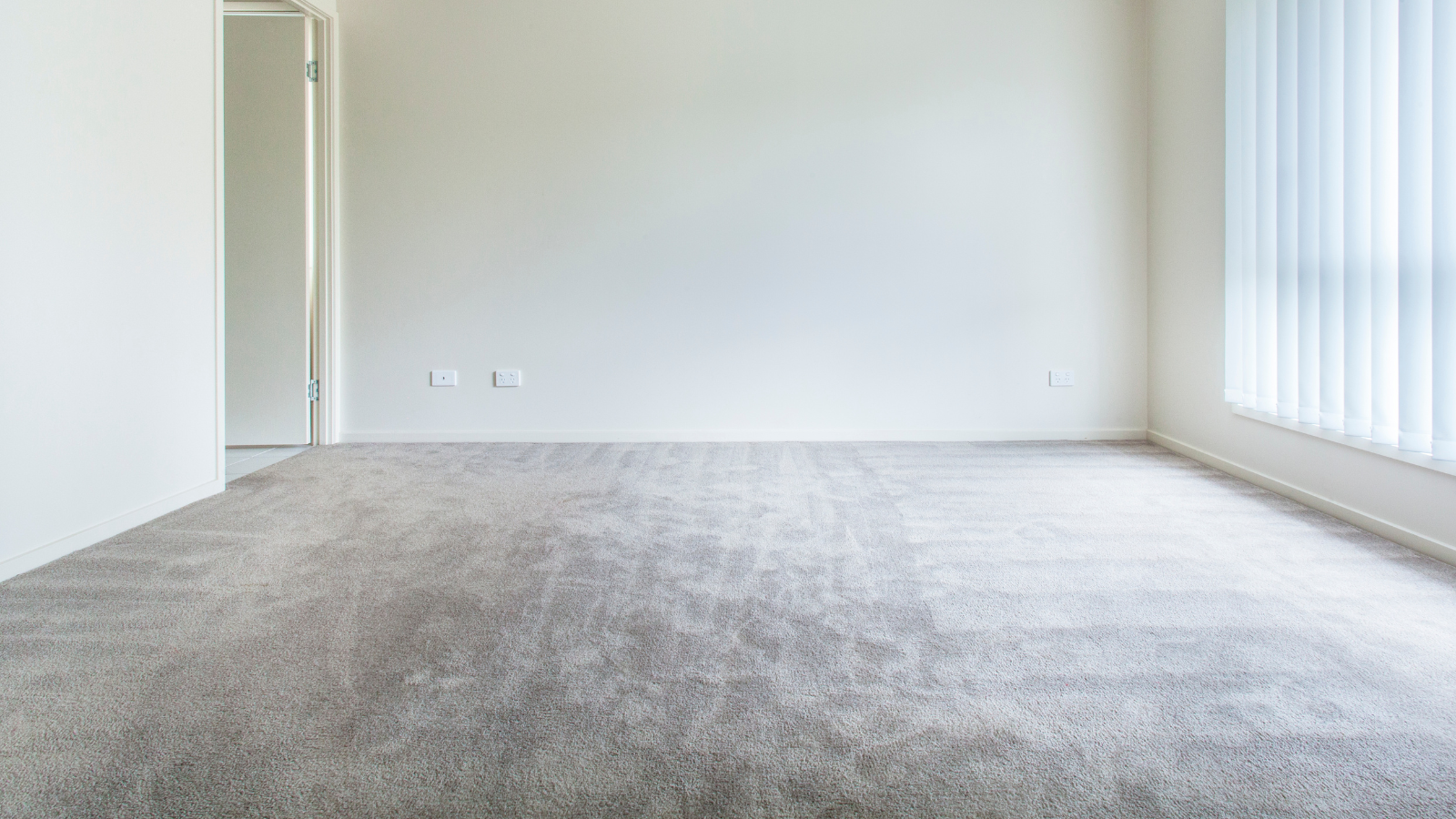Understanding the Basics of LVP
When it comes to flooring, the options can seem endless. One choice that has gained popularity is Luxury Vinyl Plank (LVP) flooring.
But what exactly is LVP? It's a durable, multi-layer flooring option that mimics the look of hardwood. It's known for its waterproof nature, making it suitable for areas prone to moisture.
In this guide, we'll delve into the basics of LVP. We'll compare it to hardwood flooring, discuss its benefits, and explore the different types available.
We'll also provide tips on
LVP installation and maintenance. Whether you're a homeowner, an interior designer, or a DIY enthusiast, this guide will equip you with the knowledge you need.
So, if you're considering a flooring renovation or simply curious about this affordable option, keep reading. Let's dive into the world of LVP flooring.
What is LVP?
Luxury Vinyl Plank, or LVP, is a type of flooring that has gained popularity for its durability and aesthetic appeal. It's composed of multiple layers, including a wear layer, an image layer, and a core layer.
The wear layer provides resistance to scratches and stains, while the image layer is designed to mimic the look of natural materials like hardwood. The core layer adds stability and waterproof properties. With a variety of styles and designs available, LVP can match different decor styles, making it a versatile choice for many homes and commercial spaces.
LVP vs. Hardwood Flooring: A Comparison
When it comes to choosing a flooring option, many homeowners find themselves deciding between LVP and hardwood. Both have their own unique advantages and considerations.
Hardwood flooring is known for its timeless beauty and natural warmth. It can last for decades with proper care and adds significant value to a home. However, it requires
regular maintenance and can be susceptible to damage from moisture and heavy foot traffic.
On the other hand, LVP offers a more durable and low-maintenance alternative. It's resistant to moisture, scratches, and dents, making it a great choice for busy households or areas prone to spills. Plus, LVP is often more affordable than hardwood, making it a cost-effective choice for many homeowners.
- Hardwood: Natural, durable, adds value, requires maintenance, susceptible to moisture damage
- LVP: Durable, low-maintenance, moisture-resistant, cost-effective
Photo By: The Spruce
The Benefits of LVP Flooring
Luxury Vinyl Plank (LVP) flooring offers a host of benefits that make it a popular choice among homeowners and interior designers. One of the key advantages is its durability. LVP is designed to withstand heavy foot traffic, making it an ideal choice for busy households.
Another significant
benefit of LVP is its
water-resistance. Unlike hardwood, which can warp or stain when exposed to moisture, LVP can handle spills and humidity without damage. This makes it a suitable choice for kitchens, bathrooms, and basements.
Finally, LVP offers a wide range of design options. With advanced printing technology, LVP can mimic the look of various natural materials, including different types of wood and stone. This allows homeowners to achieve their desired aesthetic without compromising on practicality.
- Durability: Can withstand heavy foot traffic
- Water resistance: Suitable for areas prone to moisture
- Design versatility: Mimics the look of various natural materials
Types of LVP Flooring
LVP flooring comes in a variety of types, each with its unique features and benefits. The most common types include WPC (Wood Plastic Composite) and SPC (Stone Plastic Composite) LVP.
WPC LVP is known for its comfort underfoot and sound-absorbing qualities. On the other hand, SPC LVP is renowned for its durability and stability, making it a great choice for high-traffic areas. Both types offer a wide range of design options, allowing you to choose the one that best fits your style and needs.
Installation Essentials for LVP Flooring
Installing LVP flooring is a straightforward process, especially with the click-lock system that most LVP products feature. However, proper preparation is key to a successful installation.
Before you start, ensure you have all the necessary tools and materials. These may include a utility knife, a tape measure, a rubber mallet, and a tapping block.
Also, remember to acclimate the LVP to the room's environment before installation. This helps to prevent any expansion or contraction after the flooring is installed.
Preparing for Installation
Before you begin the installation process, it's crucial to prepare the subfloor. It should be clean, dry, and level for the best results.
Also, measure the space accurately to determine how much LVP you'll need. Don't forget to account for cuts and waste.
The Installation Process
The installation process for LVP flooring is relatively simple. Start by laying the first plank in a corner of the room, working from left to right.
Ensure the plank is straight and secure before moving on to the next one. Continue this process until the entire floor is covered.
Post-Installation Tips
After installation, it's important to maintain the new LVP flooring properly. Regular cleaning with a damp mop and a mild cleaner can help keep the floor looking its best.
Also, consider using furniture pads to protect the floor from scratches and dents.
Maintaining Your LVP Flooring
Maintaining your LVP flooring is relatively easy, making it a great choice for busy households. Regular sweeping or vacuuming can help remove dirt and debris, preventing scratches on the surface.
For a deeper clean, use a damp mop with a mild cleaner. Avoid using harsh chemicals or abrasive tools, as they can damage the wear layer. With proper care, your LVP flooring can last for many years, retaining its beauty and durability.
Cost-Effectiveness of LVP Flooring
LVP flooring is a cost-effective choice for many homeowners. It offers the look and feel of hardwood at a fraction of the cost.
Moreover, its durability and low maintenance requirements contribute to its cost-effectiveness over time. This makes LVP a smart investment for your home.
Conclusion: Is LVP Right for You?
If you're searching for one of the top LVP brands in Pennsylvania, look no further than Sunshine Flooring. Our collection of durable and budget-friendly options, paired with a variety of design choices, make Sunshine Flooring the go-to choice for homeowners seeking quality and style.
Invest wisely in your home with Sunshine Flooring - where durability, affordability, and design blend harmoniously to meet your flooring needs.
Contact us today to get your dream floors!
